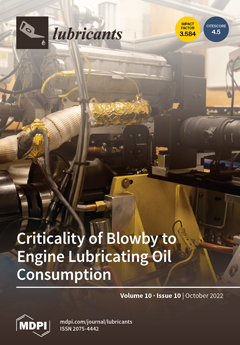Enhanced in vitro corrosion resistance, cytocompatibility, in vitro antibacterial activities, in vivo antibacterial activities, in vivo corrosion resistance and in vivo stimulation of bone formation on plasma-modified biodegradable Mg and its alloys are reviewed, where the plasma modification includes plasma ion implantation (PII),
[...] Read more.
Enhanced in vitro corrosion resistance, cytocompatibility, in vitro antibacterial activities, in vivo antibacterial activities, in vivo corrosion resistance and in vivo stimulation of bone formation on plasma-modified biodegradable Mg and its alloys are reviewed, where the plasma modification includes plasma ion implantation (PII), plasma immersion ion implantation (PIII), or plasma immersion ion implantation and deposition (PIII&D) techniques. PII, PIII, and PIII&D are useful surface modification techniques, which can alter the surface properties of the biomaterials while preventing the bulk properties, which is much desirable factor especially for Mg based biomaterials. At first, this paper reviews the improved corrosion resistance by the formation of protective passive surface layer containing Zr-O, Zr-N, N, Si, Al-O, Zn-Al, Cr-O, Ti-O, Ti-N, Fe, Y, Sr, P, Pr, Ce, Nd, Hf, Ta, or C on Mg or its alloys using PII, PIII, or PIII&D techniques. Then, this paper reviews the improved biological properties such as cytocompatibility, in vitro antibacterial activities, and in vivo antibacterial activities on plasma-modified Mg or its alloys. Finally, this paper reviews the improved in vivo corrosion resistance and in vivo stimulation of bone formation on plasma modified Mg alloys. This review suggests that PII, PIII, and PIII&D techniques are effective techniques to improve the in vitro and in vivo corrosion resistance of Mg and its alloys for the development of degradable bio-implants.
Full article





